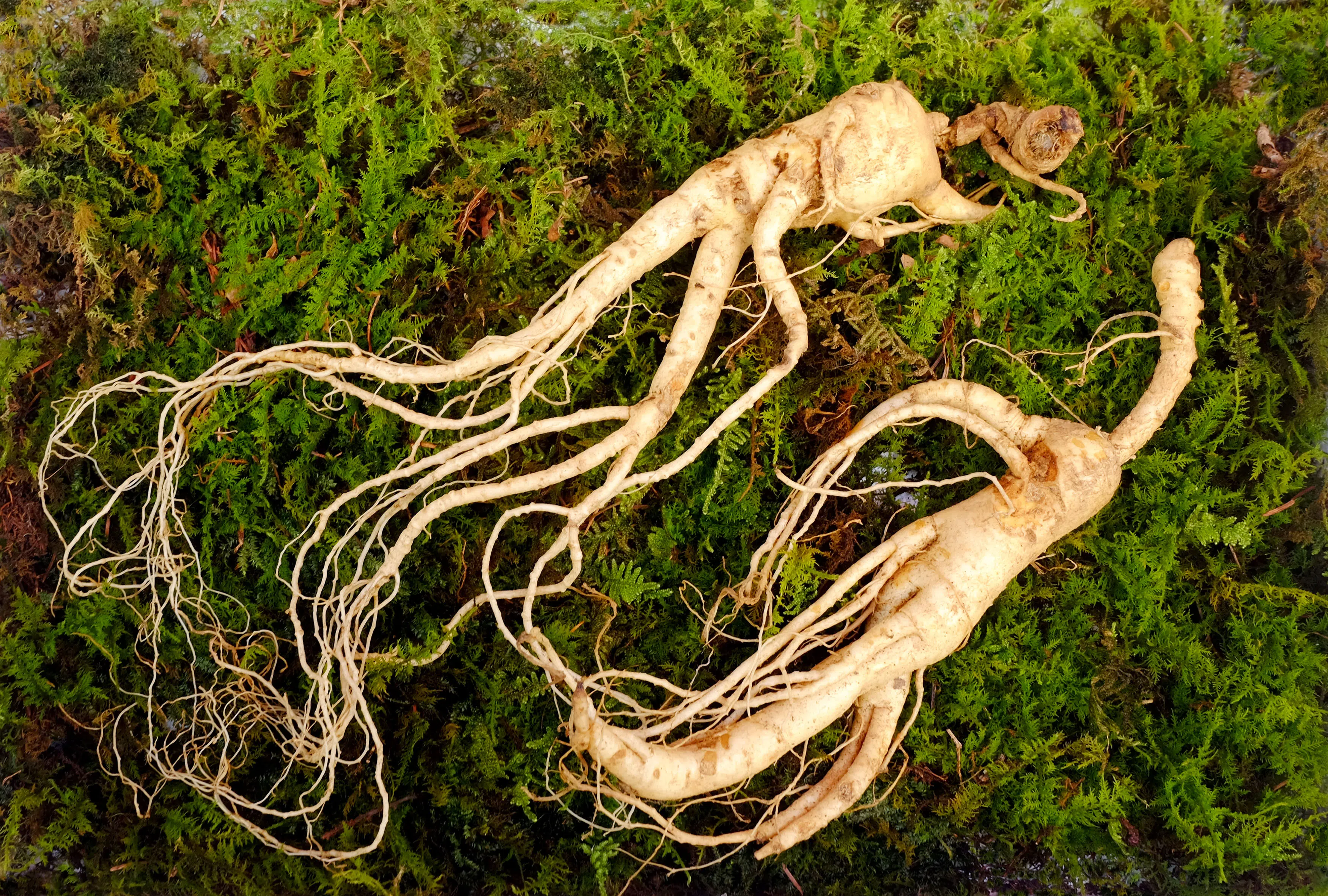Generic Name: Panax Ginseng
Brand Names: Asian Ginseng, Korean Ginseng, Radix Ginseng, Jintsam, Ninjin
Drug Class: Adaptogens, Herbals
Available Dosage Forms: Capsule, powder, tea, and topical

What is Panax Ginseng?
Panax Ginseng is a plant of East Asian descent. Chinese traditional medicine has utilized the therapeutic properties of Panax Ginseng root for various health benefits. It is commonly used for its antioxidant and anti-inflammatory effects. It is also used to treat depression.
In East Asian ideology, the ongoing existence of life depends upon the properties of a vital force called Qi. Folk medicine practitioners associate the depletion of Qi with ill health and emotional dysfunction, which eventually transforms into depression.1 Ginsenoside is the bioactive constituent of Panax Ginseng that restores the availability of Qi in the brain and organs responsible for blood formation and regulation (spleen, lung, heart, and kidney). Acidic sugar pectin is the principal polysaccharide implicated in the expected antidepressant effects of the Korean Ginseng.1
Several studies have confirmed the antidepressant effects of Ginseng and its extracts. A study that involved patients with depression induced by morphine withdrawal indicated that the administration of Ginseng had a strong decrease in depression-like behaviors. The possible antidepressants effects of Ginseng were through modulation of the hypothalamic release of corticotrophin factor and neuropeptide Y. Another theory suggests that the herb increases serotonin levels, which exerts antidepressant effects.2 Another study that involved Panax Ginseng treated animal models of ethanol-induced depression indicated a significant increase in Brain-derived neurotrophic factor (BDNF), a primary regulator of neuronal growth and survival, after the administration of Ginseng.2
How to use Panax Ginseng?
Panax Ginseng can be taken in various forms. It can be taken orally as 0.6-3g of cut or powdered root, one to three times daily. It can be consumed as Brewed root tea using 3 g of Ginseng root, one to three times a day. It can also be taken as extracts standardized to 7% ginsenoside.
It can be taken in dosages of 200-400 once daily to enhance memory and cognitive performance. It can be taken as two divided doses per day; however, single doses of 200 to 960 mg a day can also be taken. It should not be taken for more than 12 weeks without approval from a doctor.
What are the side effects of Panax Ginseng?
Common side effects:
-Diarrhea
-Loss of appetite
-Dizziness
-Headache
-Insomnia
-Skin rash
-Rose spots
-Neonatal death
-Hypertension
-Hypotension
-Mania
-Vaginal bleeding
-High fever
-Steven-Johnson syndrome
-Mood changes
-Rash
-Fast heart rate
Who should not use Panax Ginseng?
People with the following conditions should not use Panax Ginseng:
-Hypersensitivity
-Bleeding disorders
-Female hormonal conditions
-Breast cancer
-Endometrial cancer
-Neonates
-Organ transplant recipients
-Hypertension
-Diabetes
References
- Jin Y, Cui R, Zhao L, Fan J, Li B. Mechanisms of Panax ginseng action as an antidepressant. Cell Prolif. 2019;52(6):e12696. doi:10.1111/cpr.12696.
- Hou W, Wang Y, Zheng P, Cui R. Effects of Ginseng on Neurological Disorders. Front Cell Neurosci. 2020;14:55. Published 2020 Mar 20. doi:10.3389/fncel.2020.00055










